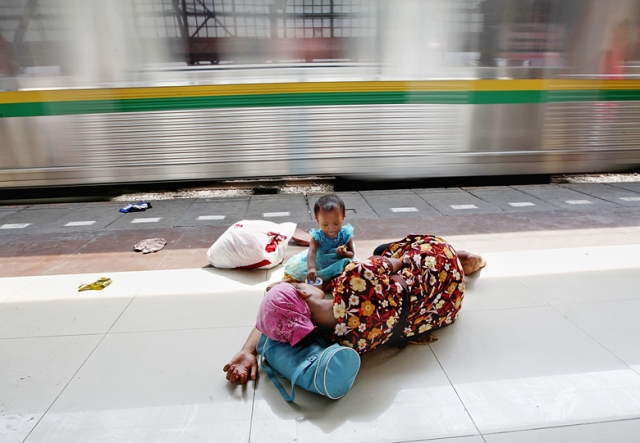 Jakarta. When the National Population and Family Planning Board, or BKKBN, held its annual meeting on Monday, there was a palpable tension in the room.
Jakarta. When the National Population and Family Planning Board, or BKKBN, held its annual meeting on Monday, there was a palpable tension in the room.
The BKKBN’s partners — such as the Indonesian Employers Association (Apindo) and Muslimat NU, the women’s wing of Nahdlatul Ulama, the country’s biggest Islamic organization — seemed particularly insistent that the BKKBN this year delivers on its family planning programs, amid projections of a population explosion that could severely strain Indonesia’s economic growth and development.
A problem of numbers
The Central Statistics Agency (BPS) predicts that the country’s population will increase from 238 million in 2010 to more than 305 million by 2035 — an average increase of three million people per year.
That, the BKKBN’s partners say, poses a serious question of how to feed, educate and provide sufficient jobs for everyone.
“Things did not happen as we expected. We expected lower growth,” says Mayling Oei-Gardiner, a demographics expert from the University of Indonesia.
“Also, the fertility [rate] did not really decline. It stayed relatively constant, while the maternal mortality rate soared. So I am not very optimistic now.”
Indeed, the outlook seems far from positive at present. The latest data from the BPS show that between February and August 2013, there was a net increase in unemployment of 220,000 jobs.
The maternal mortality rate, already the highest in Southeast Asia, surged by 57 percent between 2012 and 2013, from 228 out of every 100,000 live births to 359 per 100,000 live births.
“The maternal mortality rate these days is shocking,” says Nurhayati, the chairwoman of Muslimat NU.
Premature marriages
The problem of early marriage underlies both the problems of increased maternal mortality and unsustainable population growth.
“The proportion of couples who got married under the age of 19 years is about 45 percent,” says Abidinsyah Siregar, the deputy health minister.
Nurhayati says many young couples are not aware about the seriousness of starting a family prematurely. She says they need to be counseled and engaged.
“They need counseling. The PLKB program” — Field Workers for Family Planning — “needs to be reintroduced. We need to have a continuing relationship with the people,” she says.
The field workers are the ones responsible for promoting the BKKBN’s family planning programs to the public.
The BKKBN reported that it lacks the much-needed manpower to address the lack of family planning among young couples. It currently has 15,000 field workers throughout the country, but it says that given the sheer size of Indonesia’s population it needs at least 40,000.
Sofjan Wanandi, the chairman of Apindo, shares the view that raising awareness about the importance of family planning is crucial.
“Businesses are working in partnership with the family planning [programs]. We know very well how there are multitudes among our workers who don’t know about family planning yet,” he says.
“The population growth will be unsustainable if we don’t lend our support to the government. What businesses can do, concretely, is to give a proper education [about family planning]. First, we will help our own employees. We need to speed up the process,” he adds.
Mayling emphasizes the importance of teaching young women about family planning.
“The BKKBN has to work harder to spread the message to high school girls that they shouldn’t have too many children. Education is going to be more and more expensive, and health care will be more expensive too,” she says
The experts say the population boom is a double-edged sword for Indonesia. But whether Indonesia can capitalize on its growing population will be determined by how well it can develop its workforce.
“We can benefit if and only if we have made sufficient investment in education and the economy keeps moving,” Mayling says. “The investment is in the human resources. Then you can get the benefits. Then we can become a middle- to high-income society. But that needs investment, that does not come freely.”
But improving the quality of the nation’s human resources is no easy task, the experts agree. The impending population boom will inevitably drain more of the nation’s resources. Yet maintaining the quality of health care and education for the new generation cannot be compromised, presenting policy makers and other stakeholders with a serious quandary.
“Children under the age of three years who are malnourished can become permanently impaired with low intelligence level,” Abidinsyah says. “Their competitiveness will be very low. The point is, we need to maintain the quality of families.”
Cycle of poverty
The importance of raising awareness about family planning is bolstered by the fact that it is those who can least afford to have children who tend to be the ones who have the most children.
“What I am most concerned about is the fact that it is those who are poor who often have too many children,” Sofjan says. “Conversely, those in the upper and middle classes with a lot of money don’t want to [have too many children]. This is dangerous, this is where we must provide guidance.”
Mayling warns of an impending vicious cycle of poverty should the poor continue to give birth to more children than they can afford to properly raise and educate.
“It is usually the poor who have more children than the better off,” she says. “What is worrying now is that women with only a high school education are having too-many children. We need to get more girls educated. It’s not good if they have too many children. It’s going to be more and more expensive. If the children are poor, the chances are the next generation will be poor too.”
Push for industrialization
Johannes Warouw, an urban planning expert at the University of Indonesia, says that given the population growth, “each city must be able to withstand migration and natural [population] increase. The question is, how are they going to meet the people’s basic needs?”
Mayling says the solution to the problem is to ensure that Indonesia becomes more industrialized. She says the process of industrialization will in turn bring about economic growth.
“If you look at the world, those societies that are rich countries today — the US, Europe, Japan, South Korea — the rise of those rich countries comes from industrialization. That comes from innovation, it comes from research, it comes from scientists. We don’t have that. The system doesn’t support it,” she says.
While Mayling believes that investing in science and technology is key to growing the economy, she laments the fact that being a scientist does not seem to be an aspiration for many young Indonesians.
“It’s not that we have no smart people, just that the smart people go on to be bureaucrats, because that’s where the money is. Basically our system hasn’t moved in that direction yet. I’m hoping that our universities can groom more scientists. We can’t be a rich country if we don’t industrialize,” she says.
Silver lining
The experts agree that Indonesia is now standing at a crossroads, where the fate of its people will be determined by whether the development of the economy and infrastructure can keep pace with the growing population.
“More investment in public infrastructure is crucial,” says Gundy Cahyadi, an economist from DBS Bank Singapore, when asked about the determining factor for Indonesia’s future given its increase in population.
“[There’s a] need to overhaul Indonesia’s outdated infrastructure to improve the dynamism of the economy. The government should gradually shift its focus into spending more on capital expenditure,” he says.
Gundy is optimistic about Indonesia’s population trend.
“The demographics are in Indonesia’s benefits. A relatively young population means positive support for the workforce. If we manage to tie this in with rising productivity, then we have the crucial factors needed to sustain growth momentum in the longer run,” he says.
But whether Indonesia can strike the right balance will depend on a sea change in the mind-set on family planning.
By Josua Gantan
Source: http://www.thejakartaglobe.com

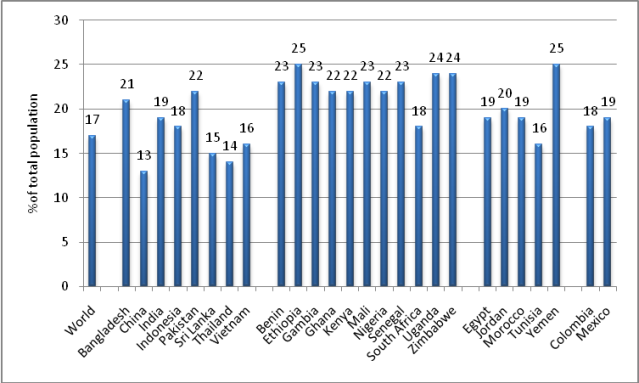
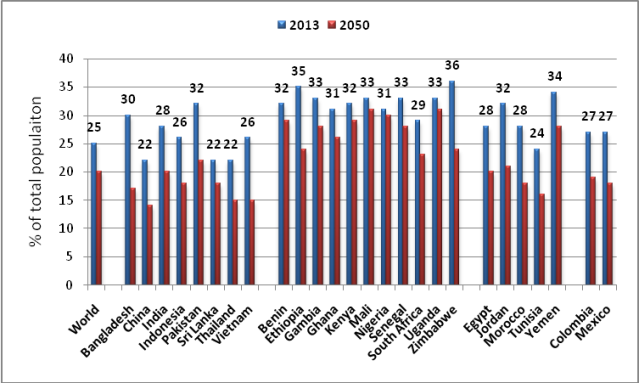

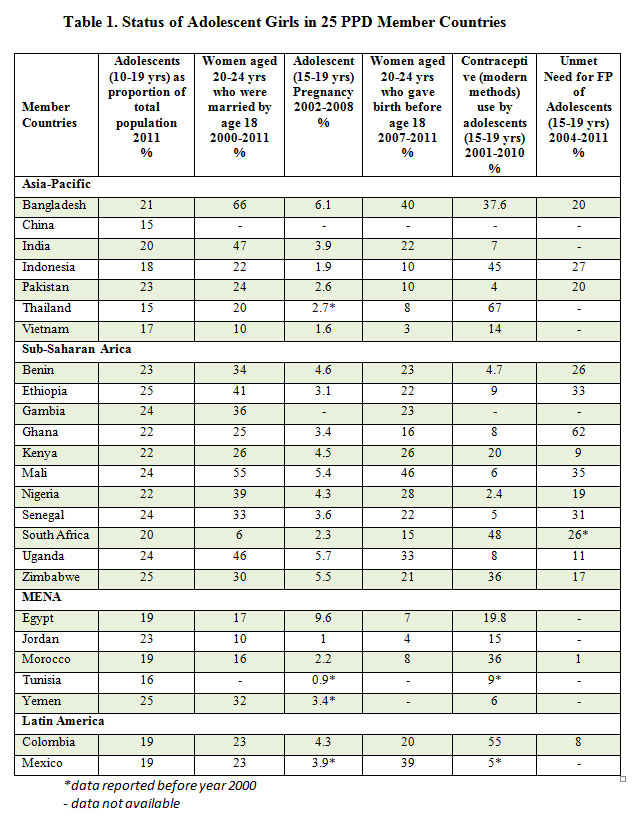
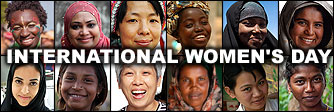 Luckily enough, women’s rights have improved a great extent deal over past centuries. Once, women were just expected to look after their household and rear children, but overtime women have become more involved in careers and excelled in those. Globally, countless women have achieved superior positions in politics, as great professors, writers, doctors and or even in just their respective workplaces.
Luckily enough, women’s rights have improved a great extent deal over past centuries. Once, women were just expected to look after their household and rear children, but overtime women have become more involved in careers and excelled in those. Globally, countless women have achieved superior positions in politics, as great professors, writers, doctors and or even in just their respective workplaces.